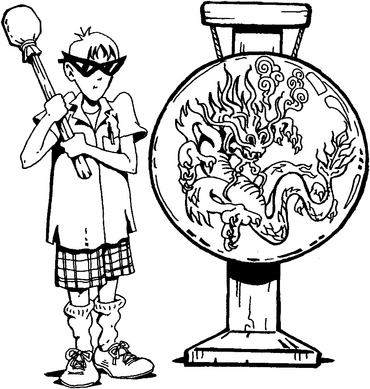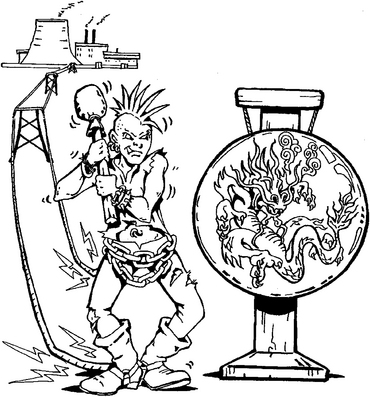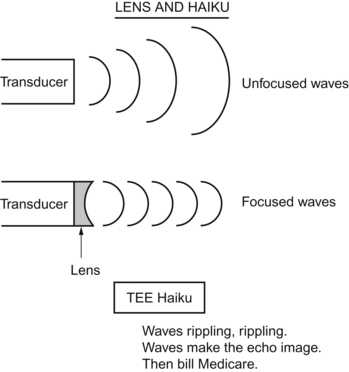Chapter 3 Transducers and Instrumentation Christopher J. Gallagher and John C. Sciarra Understanding the piezoelectric effect takes the mystery out of “Just what the hell is that little gizmo at the end of my probe, anyway?” To make a sound wave, you need to wiggle something. No go. We need a better way to get so much wiggling. The guy banging the gong just won’t do. Millions of times per second? Better go to electricity, that’s the only thing that can give you that many wiggles per second. But how to get electricity to wiggle something? Electrify a gong? (Who the hell figures this stuff out the very first time, I want to know.) A thin crystal resonates at a high frequency (think of a thin wine glass that goes “TING!” when you tap it). A thick crystal (think glass beer stein; better yet, get one and fill it to the top if you’re slogging through this physics junk) resonates at a low frequency. No big shocker there.
Piezoelectric Effect


Crystal Thickness and Resonance
Transducers and Instrumentation




